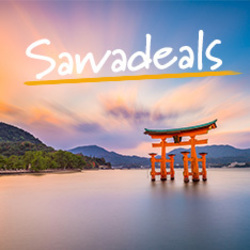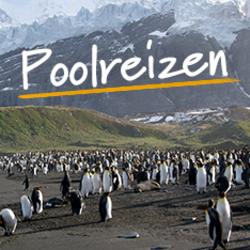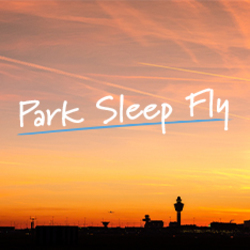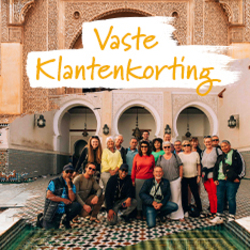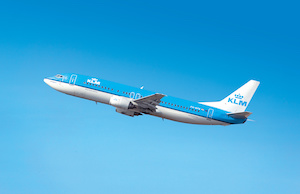Activities
- Walking & Trekking
- New Walking Holidays
- Iceland's best-known trekking route. Natural hot pools, waterfalls, lava fields, craters and volcanic fissures24hr daylight in July, chance of Northern Lights in late August and September
Food
-
1
Start Reykjavik
After a Flybus transfer to our hotel we begin with a briefing from your leader, usually at 18:30. Here you will receive an outline of the week ahead and have the chance to ask any questions.
-
2
Transfer to the colourful Landmannalaugar highlands for a daywalk before setting up camp.
We transfer up to the unmistakable Landmannalaugar Mountains. The drive will take approximately 4 hours as we head through the south of Iceland, up the Thjorsardalur valley towards Mt Hekla, an enormous volcano which in centuries gone by has been responsible for enormous destruction. Here we turn into the Highlands and the black volcanic desert of the Fjallabak area. The Fjallabak Nature Reserve is one of the most popular areas in Iceland for trekking with a landscape like nowhere else, from black volcanic plains to multicoloured rhyolite mountains. At the heart of all this are the Landmannalaugar Mountains where we pitch our camp before having lunch.Typically most trips begin the Laugavegur trail today, however, we take the opportunity to enjoy a daywalk in these unique surroundings.Our afternoon walk heads to the top of Blue Peak and across the black Laugahruna lava field. The hot pools originate in this lava field, which was created in 1477, the last known eruption in the area. This area is believed to be the southern end of the Bardarbunga volcanic system. The last eruption in the Bardarbunga system was a fissure eruption in the northern end of the system from 2014 to 2015. Some 150 km north of Landmannalaugar, it was the largest eruption in Iceland for over 200 years though luckily did not have the same impact on air travel as the more famous Eyafjallajokull eruption of 2010. Our guide will prepare the evening meal in our mess tent, though group members are expected to pitch in and help with food preparation and washing up.
-
3
Trek through the multicoloured rhyolite mountains towards Alftavatn Lake.
For the next two days we cross the Torfajokull volcanic area (rhyolitic stratovolcano). An area formed by series of subglacial volcanic eruptions which today are most commonly found in Iceland or in Antarctica. The area consists of rolling rhyolite hills with numerous hot springs and sulphur vents and is the largest rhyolitic area in Iceland.We start by crossing the Laugahraun lava field to the slopes of Brennisteinsalda, known for its photogenic spectrum of colours. We take a short but very worthwhile detour to the top.En route we pass the Storihver hot spring, cross the high plateau and enter the Hrafntinnusker area. Here steam rises from the hundreds of vents, and our route passes numerous hot springs along the way. From Hrafntinnusker and across the Torfajokull Massif. The route meanders southwards and we hike past steaming hot springs and boiling mud pools before we start dropping down Jokultungur to the black volcanic plains vest of the Myrdalsjokull glacier. The view is spectacular on a clear day with Myrdalsjokull and Eyjafjallajökull glaciers in the foreground and the black volcanic landscape between. We enter to a totally different landscape made up from Palagonite ridges and peaks with black volcanic plains and big glacier rivers all around. Our aim for the day is Alftavatn lake (Swan lake) where we pitch our tents once more.
-
4
We head south towards the massive Markarfljotsgljufur Canyon and walk to Emstur hut.
We head further south towards Myrdalsjokull ice cap across the black volcanic landscape. There are several rivers in this area, the largest are bridged however the smaller ones are not. We make a detour just before we make it to our destination of the day, Emstrur. We head west for the Markarfljotsglufur canyon. The Markarkfljot glacial river has cut this canyon nearly 200m deep and it is worth a visit. After the Markarfljostgljufur canyon we have a short distance to Botnar in the Emstrur area, a small green oasis in the black volcanic desert.
-
5
Cross the highlands along the Markarfljotsgljufur Canyon to the Thorsmork Valley.
We start the day by crossing the bridge over the Emstrur River on our way to Thorsmork. We hike along the western edge of the Myrdalsjokull Ice Cap and leave the pitch black volcanic area. Vegetation increases slowly and eventually we get to the lush Birch covered area of Thorsmork (Thor's woodland). Thorsmork valley is a beautiful place with its magnificent glaciers, river and wind-swept mountains. This area has been a local walkers' favourite for decades and it’s not hard to see why. We hike across the Thorsmork valley and over the Krossa glacial river (by bridge) and to our camp in Basar.
-
6
Drop camp and head to Solheimajokull for a memorable hike on the glacier. Make a stop at Skogarfoss and Kvernufoss waterfalls on our way back to Reykjavik.
Today we pack up ready to head back to Reykjavik. Before returning to the city, we go for a hike on Solheimajokull, an outlet glacier extending from the Myrdalsjokull icecap. We explore this wonderland of ice sculptures, crevasses, and long, narrow ridges. We strap on the crampons and get the ice axes before making our way up this massive ice flow. After the glacier walk, en-route to Reykjavik we stop at Skogarfoss and Kvernufoss, two particularly photogenic waterfalls. On arrival in Reykjavik we can check in and then head out for our final meal together. The leader will be on hand to recommend or book a local restaurant for the group.
-
7
Our trip ends in Reykjavik.
Those wishing to spend extra time in Reykjavik will find it time well spent as this busy city has plenty to offer, from the Harpa Concert Hall to the many restaurants and cafés, not forgetting the geothermal baths, a key part of Icelandic culture.




